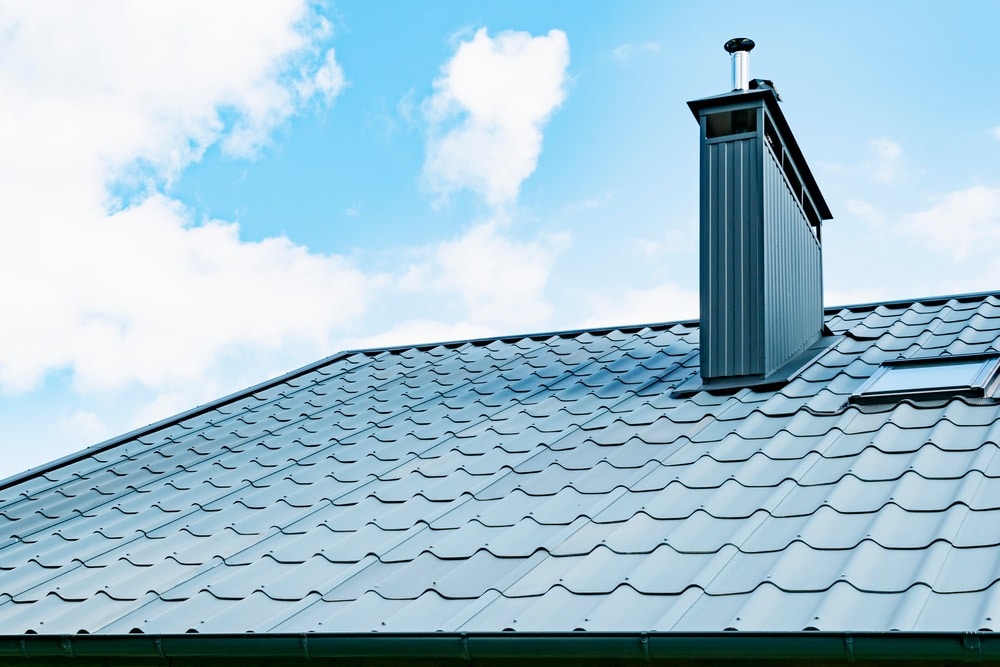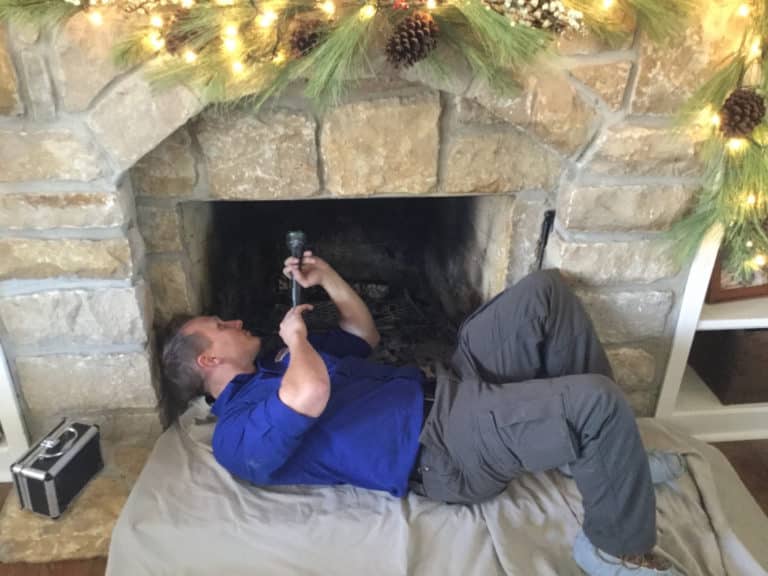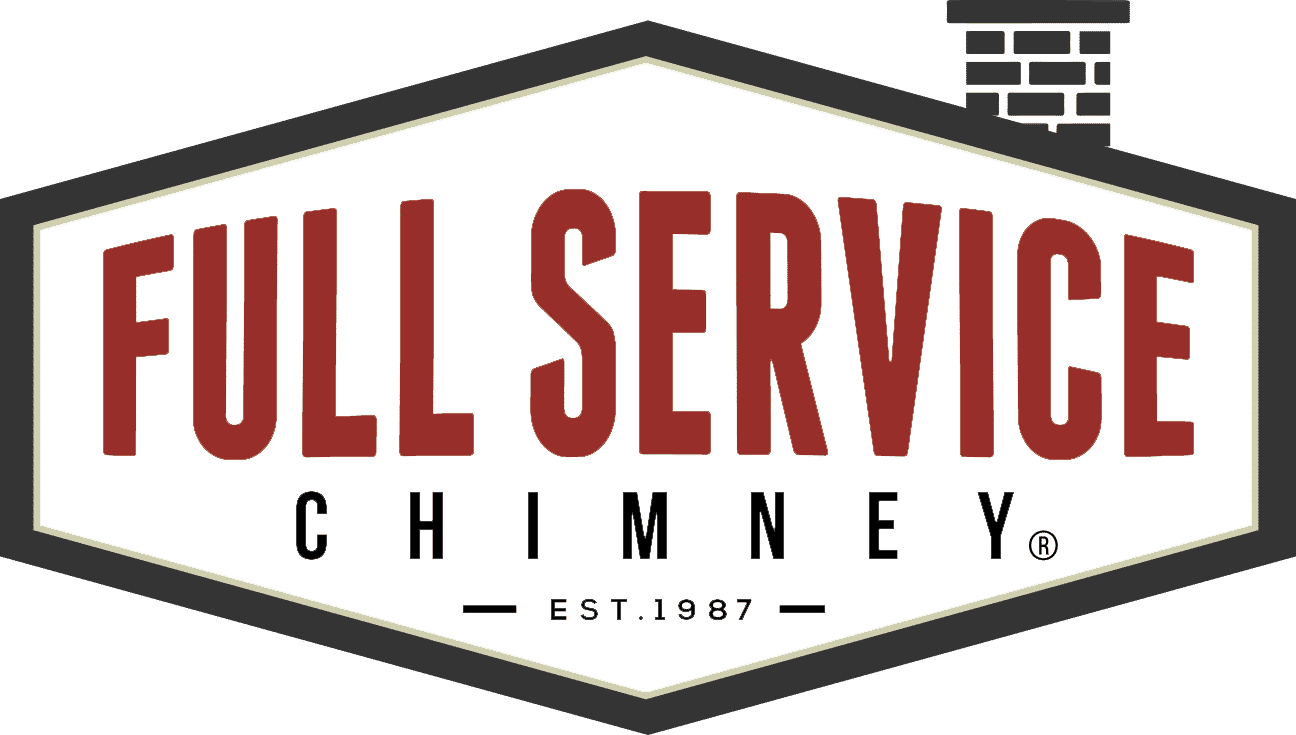When it comes to maintaining a healthy and safe living environment, air quality is key. Homeowners often overlook one of the vital components that contribute to indoor air quality: the chimney. While typically associated with warmth and cozy fires, chimneys play an essential role in venting combustion gases and ensuring the safety of your home. This blog post explores the multifaceted function of chimneys in improving air quality, as well as the safety considerations that come into play.
Understanding Home Air Quality
Indoor air quality (IAQ) is a critical aspect of any home. It refers to the quality of the air inside your living space, which can significantly impact your health and comfort. Poor IAQ can lead to various health issues, including respiratory problems, headaches, and fatigue.
Common pollutants found in homes include:
-
-
- Carbon Dioxide (CO2): Produced by burning fuel in fireplaces, stoves, and heating systems.
- Smoke: Emitted from wood-burning fireplaces or stoves when combustion is incomplete.
- Volatile Organic Compounds (VOCs): Found in household products like paints, cleaners, and furnishings.
- Mold and Dust: Often accumulate in the home due to inadequate ventilation.
-
Improving air quality not only contributes to a healthier environment but also enhances overall comfort and well-being.
The Function of Chimneys in Ventilation
Chimneys are integral to proper ventilation in homes. They act as conduits for exhaust gases generated from combustion appliances, allowing these gases to escape outside rather than circulating back into your living environment.
Key functions of chimneys include:
-
-
- Ventilation: Facilitates the removal of harmful gases like carbon monoxide (CO) and smoke.
- Draft Creation: A well-functioning chimney creates a draft that helps in efficient combustion, limiting the amount of harmful emissions.
- Pressure Regulation: Ensures the proper balance of air pressure, preventing backdrafts that could lead to smoke entering the home.
-
Types of chimney systems:
-
-
- Traditional Chimneys: Often constructed using masonry, these chimneys vent gases from wood-burning fireplaces and stoves and can be more prone to creosote buildup if not maintained regularly.
- Factory-Built or Prefabricated Chimneys: Typically made from metal, these chimneys are usually more efficient and easier to install. They are often found in modern homes with gas appliances.
-

How Chimneys Affect Air Quality
Chimneys impact air quality significantly. A clean and well-maintained chimney protects your home from the harmful effects of indoor air pollution. Here’s how:
-
-
- Pollutant Reduction: Properly functioning chimneys prevent the reintroduction of dangerous pollutants back into the living space, particularly during retrofitted stove or fireplace installations.
- Combustion Efficiency: Effective ventilation ensures complete combustion, reducing the amount of smoke and carbon particles released into your home.
-
However, having a chimney that is blocked or compromised can lead to serious ventilation issues:
-
-
- Blockages: Objects, animal nests, or debris can obstruct chimney flow, leading to smoke backing up into the home.
- Incomplete Combustion: When there’s insufficient airflow or an obstructed chimney, incomplete combustion occurs, increasing harmful emissions such as carbon monoxide.
-
Safety Considerations Related to Chimneys
Safety should always be a priority, particularly when dealing with heating systems that involve combustion. Compromised chimney systems can pose serious risks to both air quality and safety.
Common safety risks associated with chimney issues:
-
-
- Chimney Fires: Creosote buildup is a common cause of chimney fires; these flammable deposits accumulate and can ignite without warning, potentially causing extensive damage.
- Carbon Monoxide Poisoning: Faulty or obstructed chimneys can lead to dangerous backdrafts, allowing carbon monoxide to seep into your living spaces. This colorless, odorless gas can be lethal in high concentrations.
-
Signs of chimney-related issues include:
-
-
- Smoke entering the home during use.
- A strong odor of creosote or burning materials.
- Visible cracks or damage to the chimney structure.
- Increased difficulty in starting and maintaining a fire.
-
To ensure safety and air quality, homeowners should prioritize regular chimney inspections and maintenance.
Best Practices for Ensuring Good Air Quality through Chimney Maintenance
Keeping your chimney in good working condition is essential for maintaining not only air quality in your home but also ensuring the safety of your family. Here’s how to maintain your chimney effectively:
Regular Cleaning and Inspections:
-
-
-
- Schedule an annual chimney sweeping to remove creosote buildup and other debris.
- Have a professional inspect your chimney system to identify potential issues before they become serious problems.
-
-
Use Quality Fuels:
-
-
- Opt for seasoned hardwood like oak or maple for wood-burning fireplaces. Avoid burning treated wood, paper, or trash, as these emit higher levels of harmful pollutants.
- Ensure gas appliances are equipped with properly functioning vents to minimize emissions.
-
Update Chimney Accessories:
-
-
- Install a chimney cap to prevent debris, animals, and water from entering the chimney.
- Consider upgrading to a stainless-steel liner to improve efficiency and safety, as these liners are easier to clean and less prone to damage.
-
Be Aware of Local Regulations:
-
-
- Stay informed about local codes and regulations concerning chimney installations and maintenance. Meeting these regulations can protect your home and improve compliance with air quality standards.
-

Conclusion
Chimneys are much more than mere conduits for smoke and gases; they are essential components in maintaining healthy indoor air quality and ensuring safety in your home. By understanding the role of chimneys in ventilation and the safety considerations involved, homeowners can take proactive measures to protect their families and enhance their living environments.
Regular maintenance, knowledgeable use of appliances, and staying aware of potential hazards can go a long way in ensuring that your chimney continues to serve its vital role. If you haven’t done so already, consider scheduling a chimney inspection today to ensure your home is safe and your air quality is up to standard.

